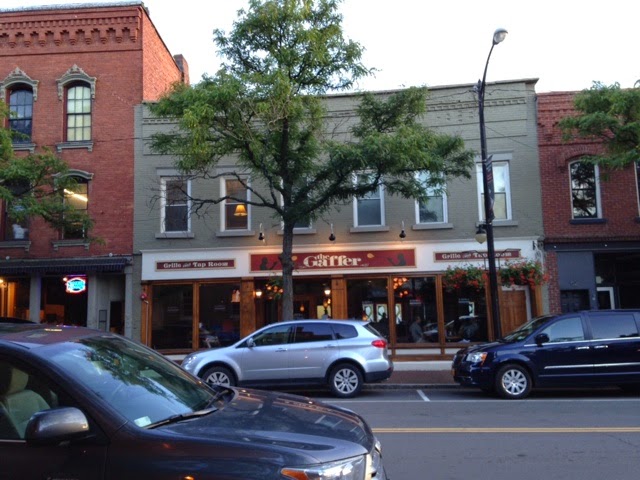On Market Street there was a glass studio called Vitrix, where you can watch the resident glass blowers, called "gaffers," work on pieces for the shop. One of the best things about this town is that because beautiful glass is so abundant, it's rather cheap to buy. So I bought myself a souvenir. Here's what you can watch in the back room of the shop:
Before heading back to the glass museum however, we walked over to the Rockwell Museum of western art, which we paid a few extra dollars for a museum combo ticket to see. Wow! Not only is there one world class museum in Corning, there are actually two. The Rockwells were wealthy glass industry magnates and amassed a personal collection of paintings and sculptures depicting Native Americans, cowboys, western landscapes, etc. Included in the collection are Remingtons, Russells, Bierstadts and a Wyeth. Not too shabby.
The Rockwells also had a collection of more than 2,000 pieces of fine art glass, which is housed in a separate wing of the glass museum.
We walked across the pedestrian bridge that connects the downtown side of Corning with the factory district--where the museum now stands--and finished seeing the exhibits there.
This is the only pic that Carolyn let me take of her--tucked behind a giant Dale Chihuly installation.











